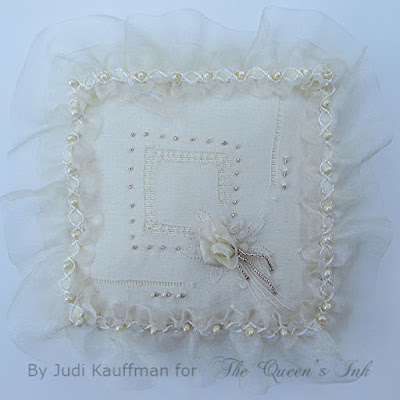As
promised, today’s post is a combination of the two past weeks’ projects –
Altered Collage Papers and Magic Stamp block prints with dimensional paint and
Nuvo Crystal Drops.
The
combo collages can become greeting cards or works of art, or some of both,
depending on how you want to approach things. I mixed in some solid color
cardstock, but all other elements are from the Inkling, August 15 and 22, 2017.
(Take a minute to look back at these two posts if you haven’t already seen
them, please. They are the ‘Before’ and today is the ‘After’!)
Give
it a try! ‘Audition’ the pieces for each collage you create and work on several
at the same time to maximize the possibilities. Don’t glue anything in place
until you’re confident about your choices. And be sure to ask think about the
questions below. The answers will help determine the direction of your
projects.
Would
the layers look better with cut or torn edges? Or both? Should you add
something dimensional, or stick with relatively flat collages? Instead of cardstock
or handmade paper as a substrate, would you prefer canvas? Is it time to work
large, or keep things small scale? What kind of adhesives are going to work
best? Should you use staples, needle and thread, brads? Are you inspired to try
some of the color combinations I chose, or head in an entirely different
direction? It’s all entirely up to you!
Here’s
a photo gallery to get things rolling –
SUPPLIES
- Matte medium
- Adhesives of choice
- Solid color cardstock
- Optional:
Canvas
(Review blog posts from August 15 and 22, 2017, for instructions and supplies needed to create altered collage papers and Magic Stamp block prints with textural elements)







































